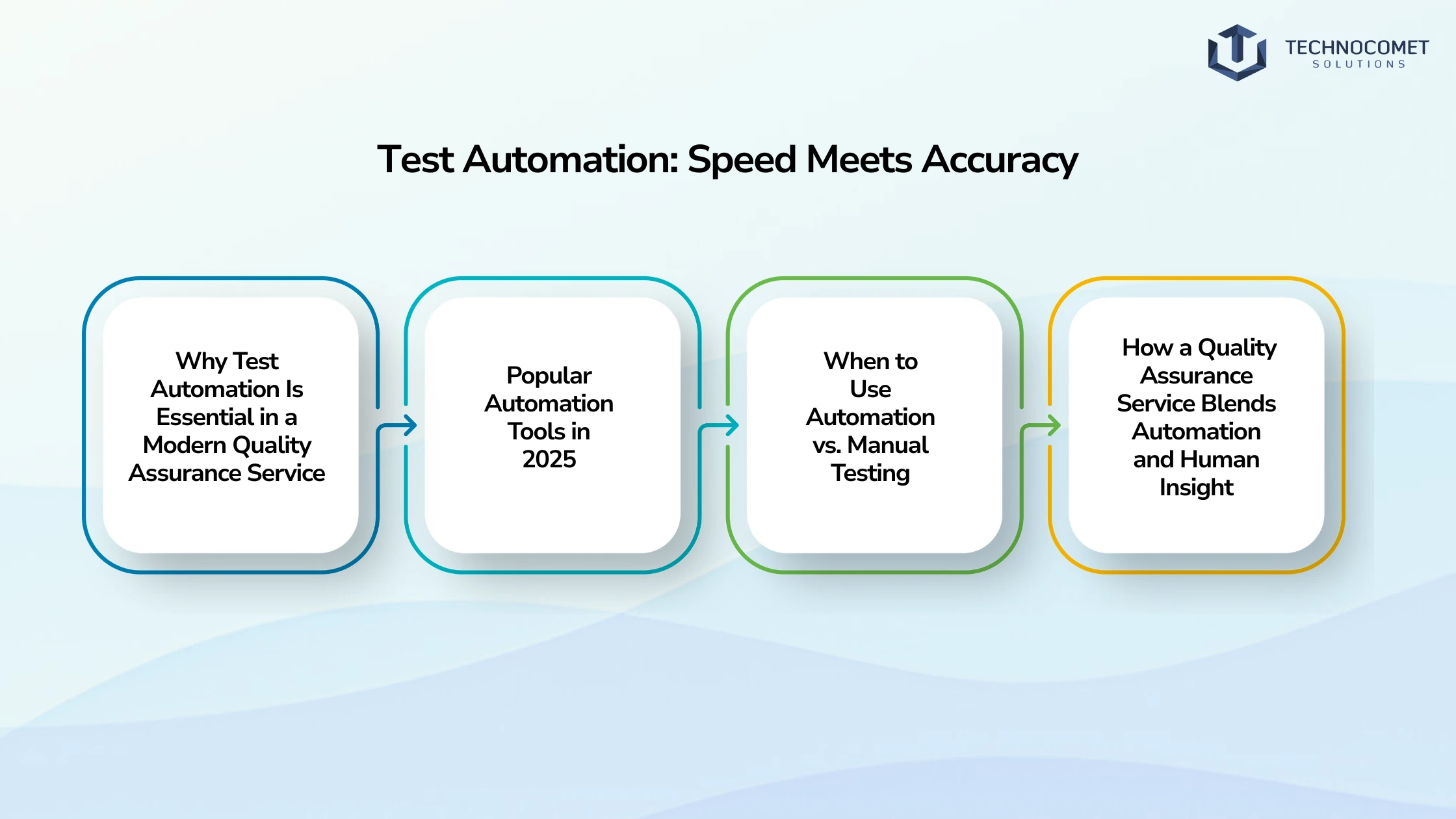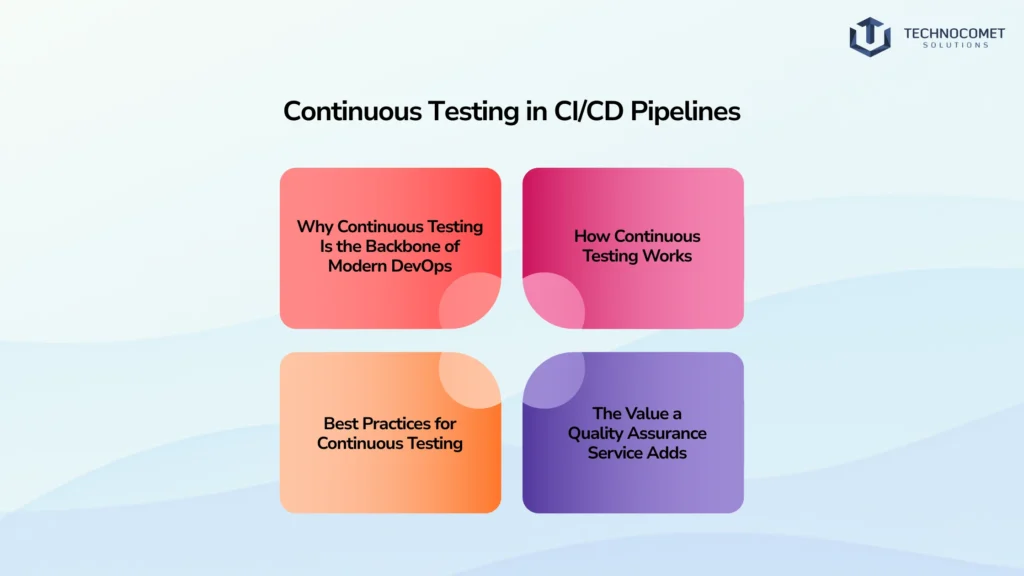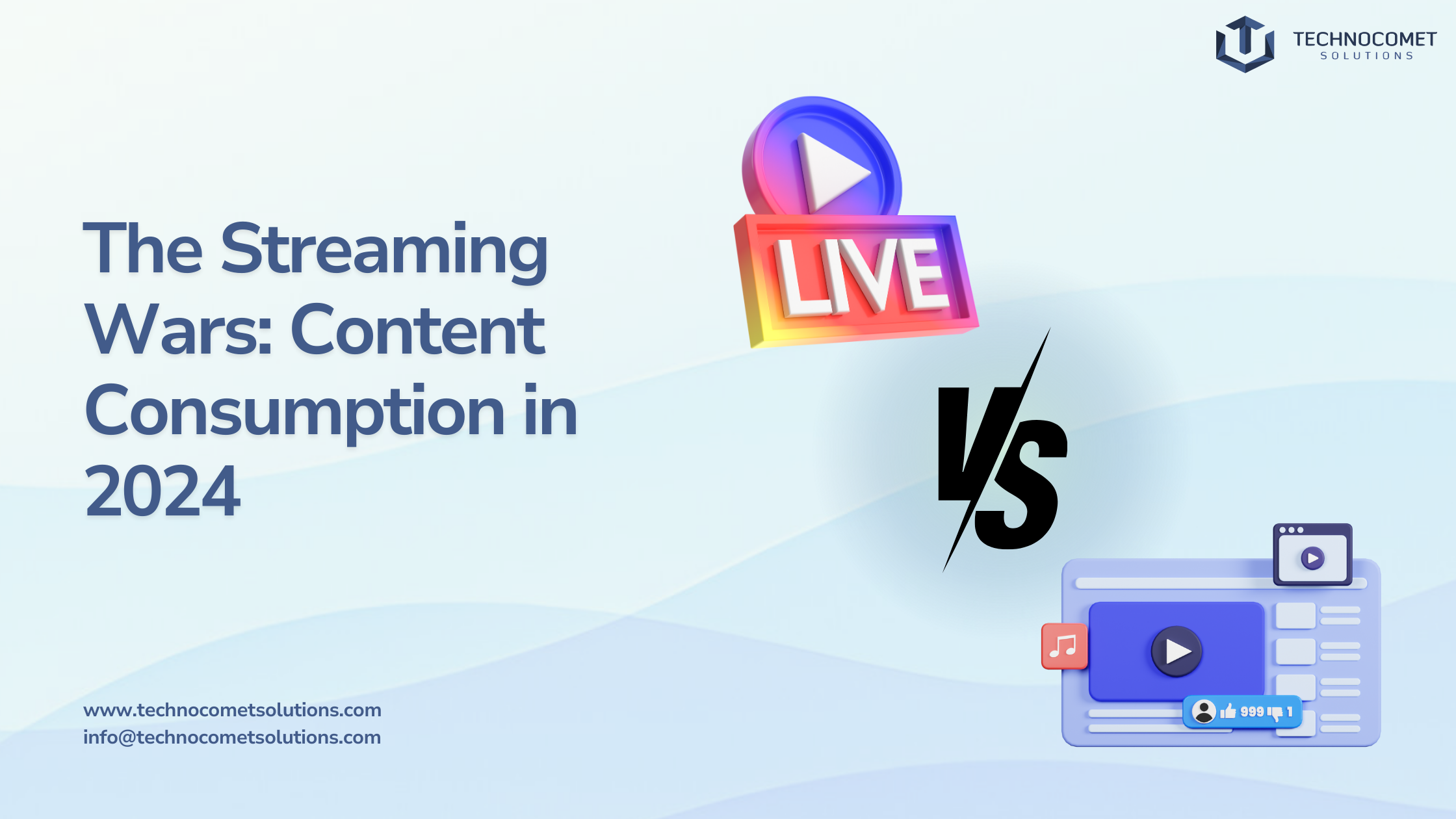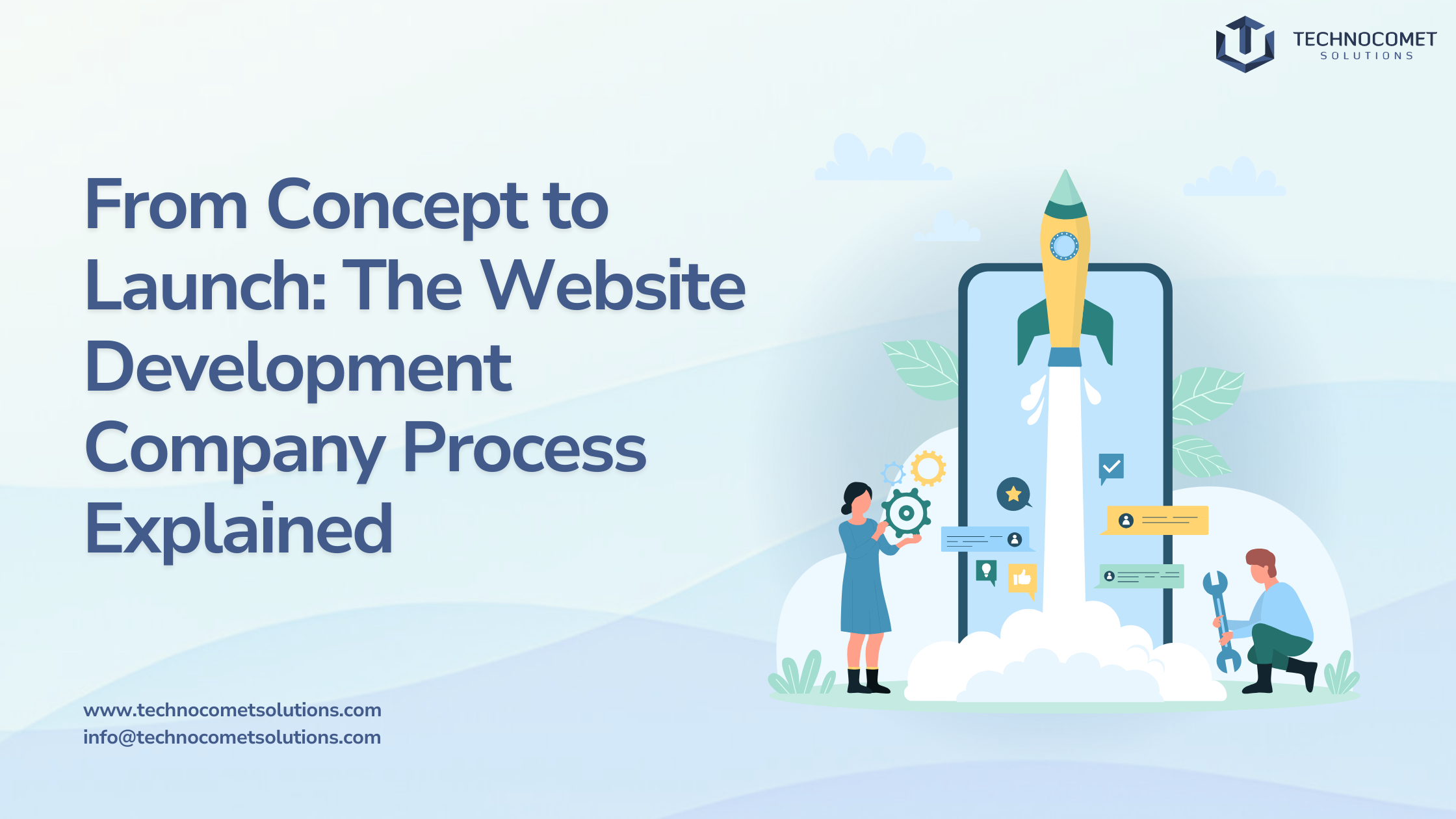Introduction
✅ Why Flawless Apps Are Non-Negotiable in Today’s Tech Market
✅ The Stakes: User Loyalty, Brand Reputation, and Profitability
✅ The Real-World Benefits of Quality Assurance Service
- Saves Money: Investing in a quality assurance service early prevents expensive rework and emergency fixes down the line.
- Prevents Catastrophic Failure: Systematic QA processes catch critical issues before they escalate, protecting your reputation and bottom line.
- Boosts Customer Confidence: Consistent quality builds trust, turning first-time users into loyal advocates.
- Enhances User Experience: By minimizing bugs and optimizing performance, a quality assurance service ensures your app is a pleasure to use.
- Reduces Maintenance Costs: Fewer post-launch issues mean less time and money spent on support and patching.
- Promotes Organizational Efficiency: Standardized QA processes foster a culture of accountability and continuous improvement.
✅ Why a Strategic Quality Assurance Service Matters
- Meet and exceed industry standards (like ISO 9001).
- Deliver consistent, reliable results every time.
- Gain a competitive edge by delighting users with flawless experiences.

✨ Test Automation: Speed Meets Accuracy
✅ Why Test Automation Is Essential in a Modern Quality Assurance Service
- Accelerate Testing: Automated tests run around the clock, drastically reducing testing time from days to minutes.
- Expand Test Coverage: Automation allows you to test more scenarios, devices, and data sets than manual testing ever could.
- Increase Accuracy: Automated scripts eliminate human error, ensuring consistent results every time.
✅ Popular Automation Tools in 2025
- Selenium: The industry standard for web automation.
- Appium: The best choice for cross-platform mobile app testing.
- TestComplete: User-friendly for both script and scriptless automation, ideal for teams of all skill levels.
✅ When to Use Automation vs. Manual Testing
- Automate: Regression, smoke, and performance tests-anything repetitive or data-driven.
- Manual: Exploratory, usability, and tests that require human intuition or subjective judgment.
✅ How a Quality Assurance Service Blends Automation and Human Insight
💡 Pro Tip:
✨ Shift-Left Testing: Catch Bugs Early
✅ What Is Shift-Left Testing and Why Does It Matter?
✅ The Benefits of Early QA
- Faster Bug Detection: Issues are caught before they snowball into bigger problems, saving time and resources.
- Lower Costs: Fixing bugs in the design or coding phase is much cheaper than post-launch repairs.
- Improved Collaboration: Developers, testers, and stakeholders work together from day one, breaking down silos and improving communication.
✅ How to Implement Shift-Left with a Quality Assurance Service
- Involve QA in Planning: Bring quality assurance service experts into sprint planning and design discussions.
- Automate Unit and Integration Tests: Run tests with every code commit for immediate feedback.
- Adopt Static Code Analysis: Use tools like SonarQube to catch code issues before they’re merged.
✅ Tools and Workflows for Shift-Left QA
- Jenkins & GitHub Actions: Automate builds and trigger tests at every stage of development.
- Behavior-Driven Development (BDD): Encourage collaboration through shared test scenarios.
💡 Pro Tip:
✨ Performance Testing: Stress, Load & Beyond
✅ Why Performance Testing Is a Must-Have for Any Quality Assurance Service
✅ The Key Types of Performance Testing
- Load Testing: Simulates expected user traffic to verify stability under normal conditions.
- Stress Testing: Pushes your app beyond its limits to find breaking points.
- Spike Testing: Tests how your app handles sudden surges in traffic.
- Endurance Testing: Checks for memory leaks and degradation over time.
✅ Essential Tools for Performance Testing
- Apache JMeter: Powerful and open-source for load and stress testing.
- LoadRunner: Enterprise-grade solution for complex performance scenarios.
- Gatling: Integrates seamlessly with CI/CD pipelines for continuous performance monitoring.
✅ Metrics to Monitor with a Quality Assurance Service
- Latency: Measures how quickly your app responds to user actions.
- Throughput: Tracks how many requests your app can handle per second.
- Error Rates: Identifies how often failures occur under load.
- Resource Utilization: Monitors CPU, memory, and network usage to spot bottlenecks.
✅ The ROI of Performance Testing
- Protects Revenue: Prevents costly outages and downtime during peak usage.
- Enhances User Satisfaction: Fast, stable apps keep users engaged and happy.
- Reduces Maintenance Costs: Identifying issues early means fewer emergency fixes later.
💡 Pro Tip:
✨ Security Testing: Guarding Against Threats
✅ Why Security Testing Is Critical in 2025
✅ What Security Testing Covers
- Vulnerability Assessment: Identifies weaknesses like SQL injection, XSS, and insecure storage.
- Penetration Testing: Simulates real-world attacks to test your app’s defenses.
- Compliance Checks: Ensures your app meets regulatory standards like GDPR and CCPA.
✅ Must-Have Security Testing Tools
- OWASP ZAP: Open-source scanner for web app vulnerabilities.
- Burp Suite: Comprehensive platform for manual and automated penetration testing.
- Static Application Security Testing (SAST): Tools like Checkmarx analyze your codebase for hidden flaws.
✅ How a Quality Assurance Service Protects Your Brand
- Builds User Trust: Secure apps earn user confidence and loyalty.
- Reduces Legal Risks: Compliance with regulations avoids fines and lawsuits.
- Prevents Data Breaches: Proactive security testing stops threats before they can do damage.
✅ How a Quality Assurance Service Protects Your Brand
- Builds User Trust: Secure apps earn user confidence and loyalty.
- Reduces Legal Risks: Compliance with regulations avoids fines and lawsuits.
- Prevents Data Breaches: Proactive security testing stops threats before they can do damage.
💡 Pro Tip:
✨ Cross-Platform Testing: Seamless Experience Everywhere
✅ The Challenge: Device and Platform Fragmentation
✅ Why Cross-Platform Testing Is Crucial
- Device Diversity: There are thousands of Android devices, multiple iOS versions, and countless browsers.
- Consistent User Experience: A quality assurance service ensures your app looks and feels right everywhere, boosting your brand reputation.
- Maximized Market Reach: Supporting more platforms means reaching more users.
✅ How a Quality Assurance Service Tackles Cross-Platform Testing
- Test on Real Devices: Emulators are great for early testing, but real devices catch hardware-specific issues.
- Automate Compatibility Checks: Use cloud-based platforms to test on dozens of devices simultaneously.
- Validate UI/UX Consistency: Ensure your app meets platform-specific guidelines for Android, iOS, and web.
✅ Leading Tools for Cross-Platform Testing
- BrowserStack: Cloud platform for real device and browser testing.
- Sauce Labs: Supports automated and manual testing across platforms.
- Firebase Test Lab: Google’s solution for large-scale device testing.
💡 Pro Tip:
📌 At TechnoComet Solutions, we help brands deliver consistent experiences across all platforms with expert cross-platform QA as part of our quality assurance service.

✨ Continuous Testing in CI/CD Pipelines
✅ Why Continuous Testing Is the Backbone of Modern DevOps
✅ How Continuous Testing Works
- Automated Test Integration: Every code commit triggers a suite of automated tests.
- Real-Time Feedback: Developers get instant alerts on failures, enabling rapid fixes.
- Consistent Environments: Tools like Docker ensure tests run the same way everywhere.
✅ Best Practices for Continuous Testing
- Frequent Commits: Encourage small, regular code updates for easier troubleshooting.
- Automated Monitoring: Track key performance indicators like build times, test coverage, and deployment frequency.
- Parallel Execution: Run multiple tests simultaneously to speed up feedback loops.
- Continuous Feedback: Use dashboards and notifications to keep everyone informed.
✅ The Value a Quality Assurance Service Adds
- Reduces Release Risk: Bugs are caught before they reach users.
- Accelerates Delivery: Fast, reliable testing means you can deploy updates with confidence.
- Supports Continuous Improvement: Ongoing monitoring and feedback help teams learn and evolve.
💡 Pro Tip:
✅ Recap: 6 Battle-Tested QA Methods Every Team Needs
- Test Automation: Accelerates testing and expands coverage for every release.
- Shift-Left Testing: Catches bugs early, saving time and money.
- Performance Testing: Ensures your app excels under pressure.
- Security Testing: Protects your users and your brand.
- Cross-Platform Testing: Delivers flawless experiences everywhere.
- Continuous Testing in CI/CD: Powers rapid, reliable releases.
✅ How an Expert-Led Quality Assurance Service Elevates Your App 📈
- Superior User Experience: Happy users become loyal customers.
- Reduced Costs: Early bug detection means less rework and lower maintenance.
- Brand Protection: Avoid costly outages, breaches, and negative reviews.
- Faster Time-to-Market: Confidently release updates and new features.
- Organizational Efficiency: Standardized QA processes boost productivity and accountability.
Conclusion
FAQs
A quality assurance service in software development is a systematic process that ensures your app or software meets defined quality standards. It involves planning, testing, and monitoring to identify and fix bugs, improve performance, and deliver a reliable, user-friendly product.
Investing in a professional quality assurance service helps catch bugs early, enhances security, ensures cross-platform compatibility, and boosts user satisfaction. This proactive approach reduces costly post-launch fixes and protects your brand reputation.
While basic software testing focuses on finding bugs in specific features, a quality assurance service offers a comprehensive strategy. It covers test automation, performance, security, and continuous integration, ensuring overall product quality throughout the development lifecycle.
An effective quality assurance service includes test automation, shift-left testing, performance and security testing, cross-platform compatibility checks, and continuous testing within CI/CD pipelines. These components work together to deliver flawless, high-performing apps.
To choose the right quality assurance service provider, look for expertise in your industry, a proven track record, use of modern tools and methodologies, transparent communication, and the ability to customize solutions to your project’s unique needs.







